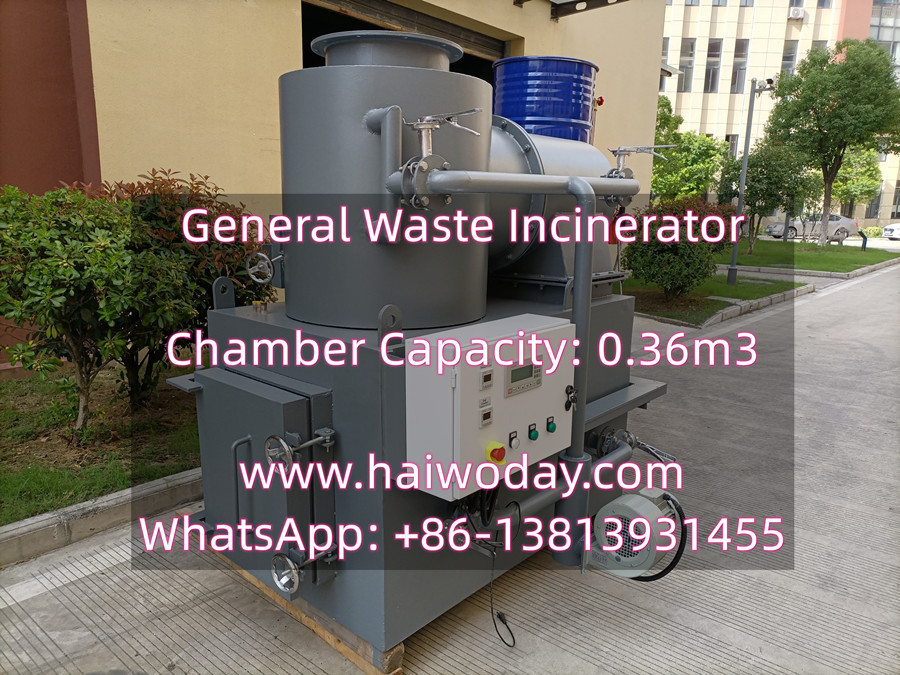Medical waste is a growing concern for public health and the environment, particularly when it is improperly disposed of through burning. Uncontrolled medical waste burning poses a significant threat to public health and the ecosystem, as it releases harmful pollutants and toxins into the air, soil, and waterways.
Medical waste includes a wide range of materials such as needles, syringes, gloves, bandages, and pharmaceuticals, all of which have the potential to carry infectious diseases and hazardous chemicals. When these materials are burned without proper control and regulation, they can release toxic substances such as dioxins, furans, heavy metals, and other harmful pollutants into the environment.
In many developing countries, uncontrolled medical waste burning is a common practice due to inadequate infrastructure and poor waste management systems. This has led to significant health risks for local communities and environmental degradation. The emissions from burning medical waste can cause respiratory problems, skin irritations, and a range of other health issues. They can also contaminate soil and water sources, leading to long-term environmental damage and harming local wildlife.
Furthermore, the impact of uncontrolled medical waste burning is not confined to local areas. Airborne pollutants can travel over long distances, affecting neighboring communities and even crossing international borders. This can have far-reaching implications for public health and ecosystem stability.
To address the issue of uncontrolled medical waste burning, it is essential to implement effective waste management practices and regulations. This includes the proper segregation, handling, treatment, and disposal of medical waste. Facilities for the safe and environmentally sound disposal of medical waste, such as incinerators and autoclaves, should be established and maintained to ensure that hazardous materials are not released into the environment.
Additionally, public awareness and education programs are also crucial in addressing this issue. Healthcare facilities, waste management agencies, and government authorities need to work together to promote safe waste disposal practices and raise awareness about the potential risks associated with uncontrolled medical waste burning.
It is also important for international organizations and governments to provide support and resources to developing countries to improve their waste management infrastructure and capacity. This can help to prevent the negative effects of uncontrolled medical waste burning on public health and the environment, both locally and globally.
In conclusion, uncontrolled medical waste burning presents a significant threat to public health and the ecosystem. It is essential to take immediate action to address this problem through improved waste management practices, regulations, and public awareness. By doing so, we can mitigate the negative impacts of medical waste burning and protect the health of communities and the environment for future generations.



